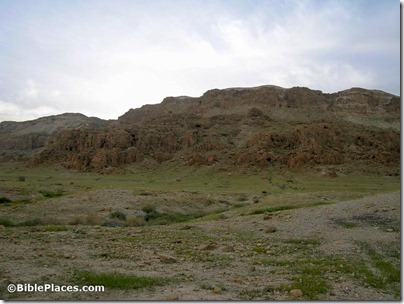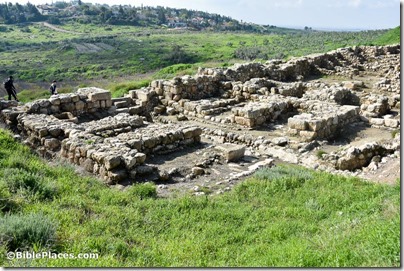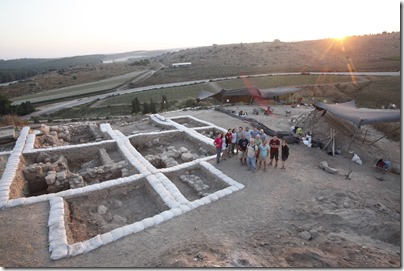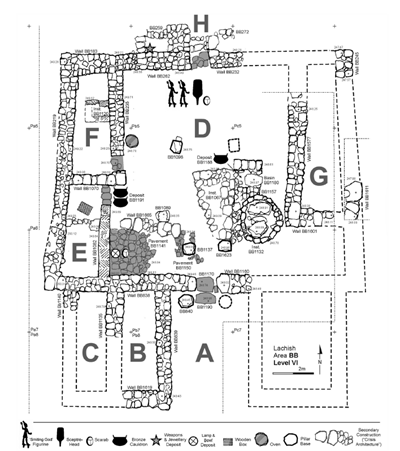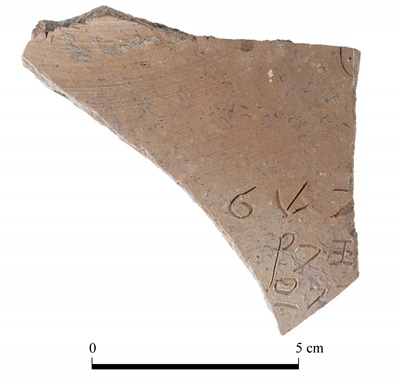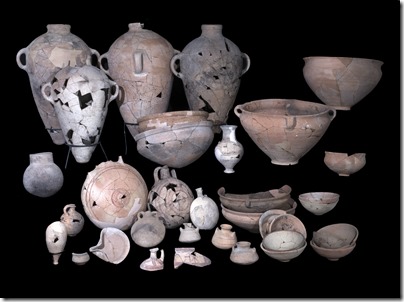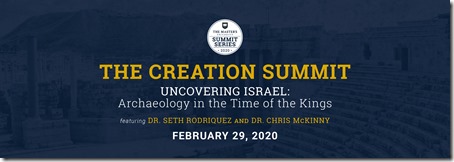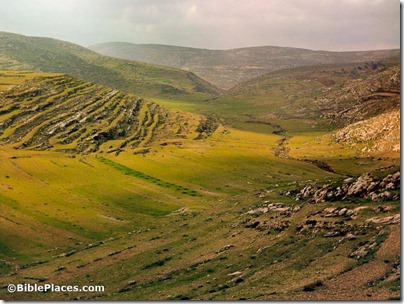Happy Leap Day! See below for a photo taken on this day sixteen years ago.
Bryan Windle identifies and explains the “top three reports in biblical archaeology” for the month, including the royal estate of Horvat Tevet, the Moza temple, and the Lachish temple.
Ira Rabin believes that the ink used in writing the Dead Sea Scrolls will shed new light on these ancient manuscripts.
A historian has re-discovered a well-preserved 616-page codex of the “Writings” section of the Old Testament that dates to AD 1028. The more technical journal article is available here, and the 1905 article is available here.
Yinon Shivtiel has identified a number of the caves that Josephus fortified during the First Jewish Revolt.
The latest issue of Biblical Archaeology Review features two articles making the case for competing sites for Bethsaida: et-Tell by Rami Arav and el-Araj by Steven Notley and Mordechai Aviam.
A 2,000-year-old silver dagger and its sheath has been restored to like new condition.
“Ancient Greeks had a great love and respect for their dogs, cherishing them as companions, protectors, and hunters, as evidenced by several dog tombstones discovered over the centuries.”
David Moster will be teaching a course in March on Ezra and Nehemiah for The Institute of Biblical Culture.
“Mesopotamia: Civilization Begins” is a new exhibition that opens at the Getty Villa on March 18 and runs to July 27.
New book: Digging Up Armageddon: The Search for the Lost City of Solomon, by Eric H. Cline
Scholars have digitized high-resolution photos taken by U-2 spy planes over the Middle East in the 1950s.
The Smithsonian has released 2.8 million images for free use, and Mark Hoffman briefly shares his experience in searching.
The icon collection for St. Catherine’s Monastery at Mount Sinai is now available online.
Ferrell’s Favorite Foto #34 – “I will make your enemies your footstool”
Shmuel Brown shares a number of photos of the “lovely carpet of wildflowers in reds, yellows, purple and white along the shore of the Dead Sea.”
HT: Agade, Joseph Lauer, Pat McCarthy, Keith Keyser, Ted Weis
A view of green grass below the Qumran cliffs where Cave 1 is located;
photographed on February 29, 2004
